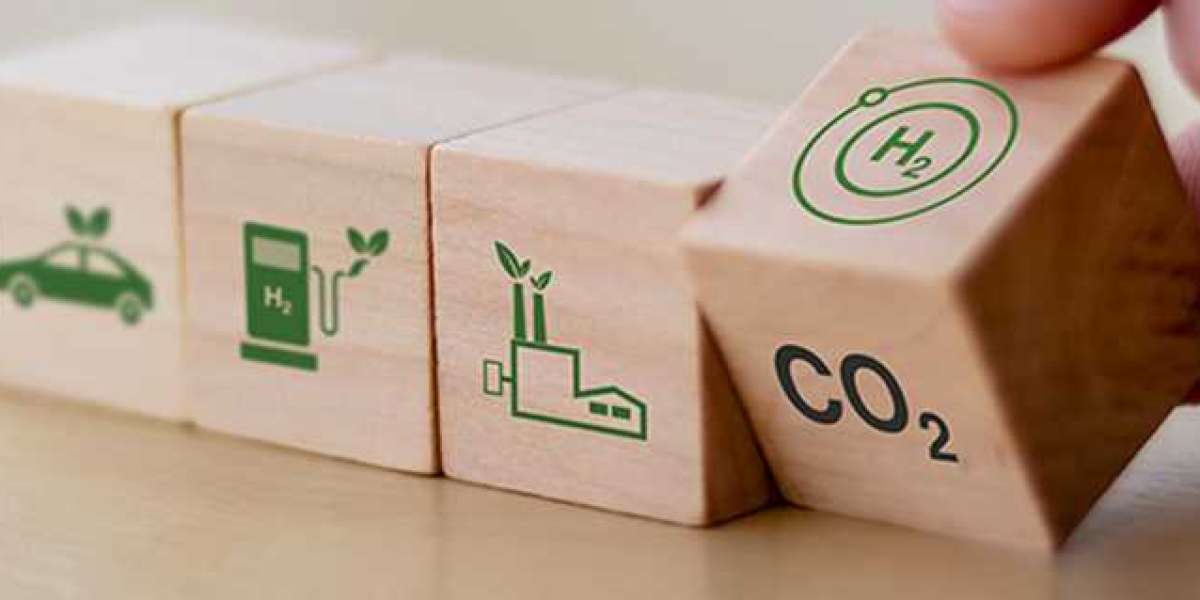In the rapidly evolving world of 3D printing, achieving an efficient 3D printer software setup is crucial for maximizing productivity and ensuring high-quality outputs. This guide will delve into the intricacies of optimizing your 3D printer software, providing you with the knowledge needed to enhance your printing processes.

Understanding the Basics of 3D Printer Software
Before diving into optimization techniques, it's essential to understand the fundamental components of 3D printer software. Typically, this software includes slicing software, firmware, and control software. Each of these plays a vital role in the printing process.
"The efficiency of your 3D printer software setup can significantly impact the quality and speed of your prints."
Slicing Software
Slicing software is responsible for converting your 3D models into instructions that the printer can understand. Popular slicing software includes Cura, PrusaSlicer, and Simplify3D. These tools allow you to adjust settings such as layer height, print speed, and infill density.
Firmware
Firmware is the software that runs on the 3D printer's hardware. It interprets the instructions from the slicing software and controls the printer's movements. Marlin and Repetier are common firmware options that offer extensive customization capabilities.
Control Software
Control software, such as OctoPrint, enables you to manage and monitor your 3D printer remotely. This software provides real-time feedback and allows you to make adjustments on the fly, ensuring a smooth printing process.
Steps to Optimize Your 3D Printer Software Setup
Optimizing your 3D printer software setup involves several steps. By following these guidelines, you can achieve a more efficient and reliable printing process.
- Update Your Software: Ensure that all your software components are up to date. Manufacturers frequently release updates that improve performance and fix bugs.
- Calibrate Your Printer: Proper calibration is essential for accurate prints. Use your software's calibration tools to fine-tune your printer's settings.
- Optimize Slicing Settings: Experiment with different slicing settings to find the optimal balance between print quality and speed. Adjust parameters such as layer height, print speed, and infill density.
- Use Quality Filament: The quality of your filament can significantly impact your prints. Invest in high-quality filament to ensure consistent results.
- Monitor Your Prints: Utilize control software to monitor your prints in real-time. This allows you to catch and correct issues before they become major problems.
Advanced Techniques for Enhanced Efficiency
For those looking to take their 3D printing to the next level, consider implementing advanced techniques such as:
- Custom G-code: Writing custom G-code can provide greater control over your printer's movements and improve print quality.
- Mesh Bed Leveling: This technique ensures that your print bed is perfectly level, reducing the risk of print failures.
- Multi-Material Printing: Using multiple materials in a single print can create more complex and functional objects.
Real-World Examples and Resources
To see these techniques in action, check out the following resources:
3D Printer XYZ - A high-quality printer that supports advanced features.

Watch this 3D Printing Tutorial for a step-by-step guide on optimizing your 3D printer software setup.
Conclusion
Achieving an efficient 3D printer software setup is essential for maximizing the potential of your 3D printer. By understanding the basics, following optimization steps, and implementing advanced techniques, you can enhance your printing process and produce high-quality prints consistently. Stay updated with the latest software releases and continuously experiment with settings to find what works best for your specific needs.








